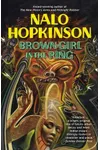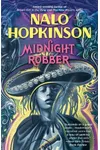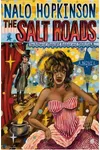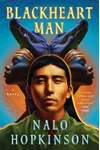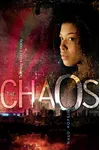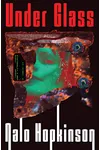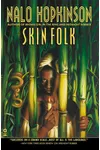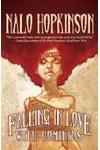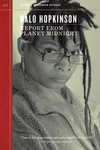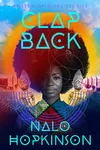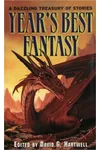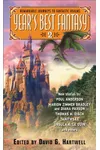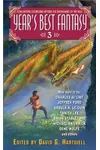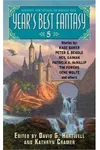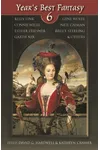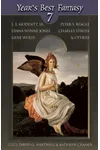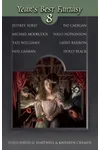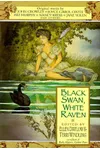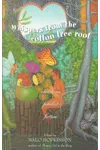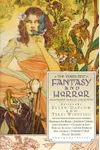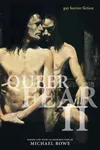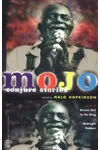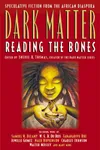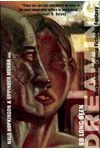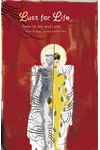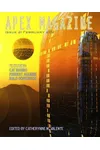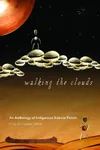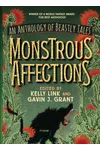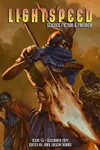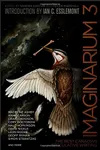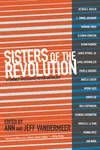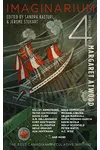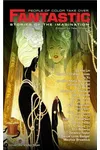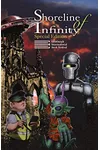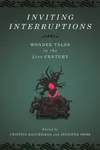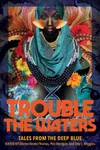Picture a Jamaican-born storyteller who weaves Caribbean folklore with speculative fiction to create worlds that pulse with magic and meaning—meet Nalo Hopkinson! Born in 1960, this award-winning author has redefined science fiction and fantasy by infusing them with Afro-Caribbean culture, feminism, and historical consciousness. From her debut novel to her role as a professor, Hopkinson’s journey is a vibrant tapestry of creativity.
Her stories aren’t just tales; they’re cultural celebrations that challenge norms and amplify marginalized voices. Ready to dive into the life and legacy of this literary trailblazer?
The Making of Nalo Hopkinson
Nalo Hopkinson was born in Kingston, Jamaica, to a literary family—her mother was a library technician, and her father, a Guyanese poet and playwright, taught English and Latin. Growing up in Jamaica, Guyana, Trinidad, and briefly the U.S., she was steeped in Caribbean storytelling traditions and read everything from Anansi tales to Kurt Vonnegut by age six. At 16, her family moved to Toronto, a shift that brought culture shock she’s said she’s still navigating. Despite undiagnosed learning disabilities, Hopkinson’s love for fantastical fiction led her to earn an MA in writing popular fiction at Seton Hill University. After working in libraries and arts administration, she began writing in her thirties, selling short stories before her big break.
Nalo Hopkinson’s Unforgettable Stories
Hopkinson’s debut, Brown Girl in the Ring (1998), won the Warner Aspect First Novel Contest and introduced her signature blend of dystopian sci-fi, Caribbean folklore, and strong female leads. Set in a post-apocalyptic Toronto, it follows Ti-Jeanne, a young mother facing mythical creatures like jab-jabs, and draws its name from a Caribbean children’s game. Midnight Robber (2000), a coming-of-age tale inspired by Trinidadian Carnival characters, explores cultural identity and survival with Creole-infused prose. The Salt Roads (2003) weaves historical fiction and magical realism, tracing the lives of women across time through the lens of Caribbean spirituality. Her short story collection Skin Folk (2001) delves into folklore-inspired tales of transformation, earning the World Fantasy Award.
Her writing sparkles with Creole dialects, feminist themes, and a deep historical consciousness, tackling race, class, and sexuality. Hopkinson’s worlds feel alive, blending the grit of reality with the wonder of myth, as seen in her graphic novel House of Whispers (2018–2020), set in Neil Gaiman’s Sandman universe. Her ability to center non-normative voices has made her a beacon in speculative fiction.
Why Nalo Hopkinson Matters
Hopkinson’s work has reshaped speculative fiction, paving the way for diverse voices in a genre once dominated by white male authors. As a founder of the Carl Brandon Society, she’s championed race and ethnicity discussions in sci-fi. Her teaching at UC Riverside and later UBC, where she’s fostering a center for Black Speculative Imagination, extends her influence to new writers. Awards like the Damon Knight Grand Master (2021) and multiple Sunburst Awards highlight her impact. Her stories don’t just entertain—they challenge readers to rethink history, identity, and possibility.
- Born: December 20, 1960, Kingston, Jamaica
- Key Works: Brown Girl in the Ring, Midnight Robber, The Salt Roads, Skin Folk
- Awards: World Fantasy Award, John W. Campbell Award, Damon Knight Grand Master
- Current Role: Professor at UBC School of Creative Writing
Snag Brown Girl in the Ring and dive into Nalo Hopkinson’s vibrant, myth-soaked worlds—your imagination will thank you!
